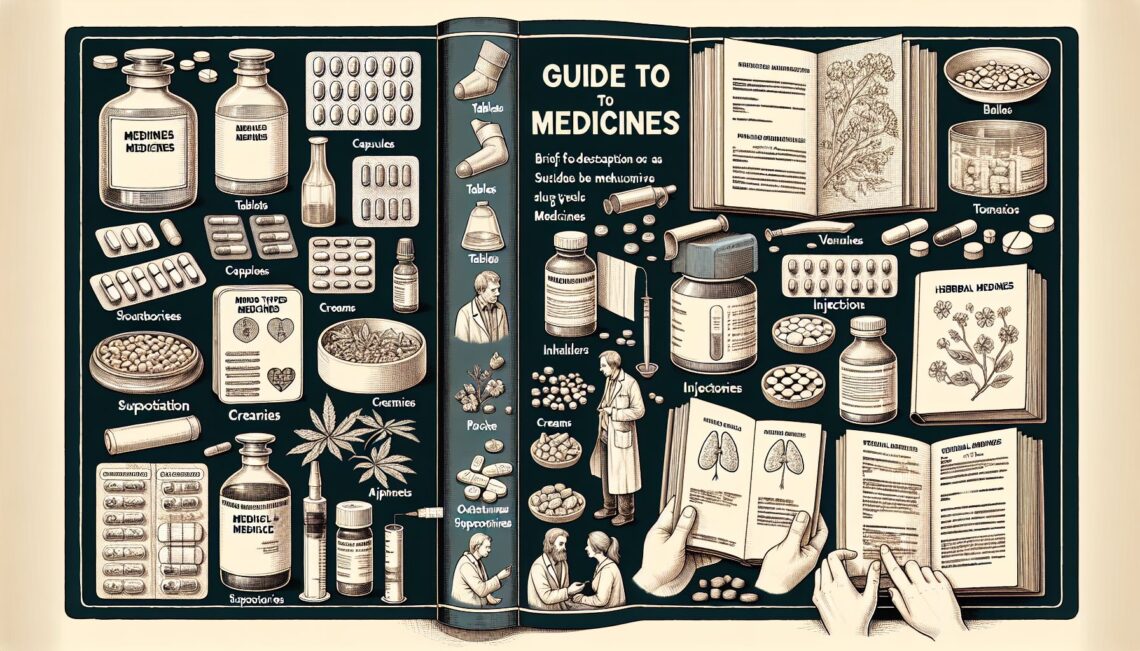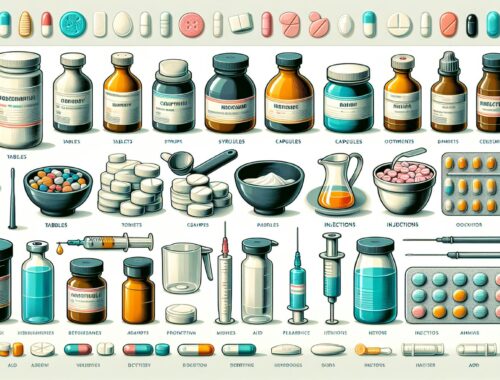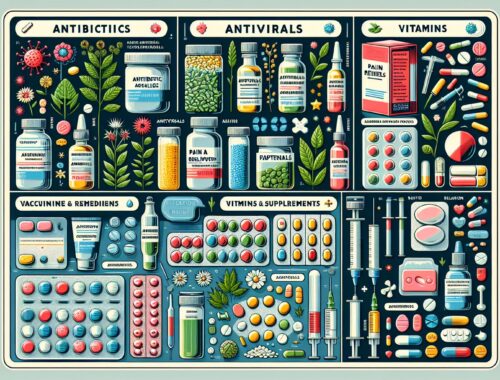
A Guide to the Different Types of Medicines
Medicines play a crucial role in treating various ailments and improving our well-being. They help alleviate symptoms, cure diseases, and provide relief from pain. There are several types of medicines available today, each serving a different purpose. In this article, we will explore the different categories of medicines and understand their unique functions.
Introduction to Medicines
Medicines can be broadly classified into four main categories:
-
Prescription Medicines: These are medications that require a written prescription from a licensed healthcare professional, such as a doctor or a specialist. Prescription medicines are typically used to treat complex or severe conditions and are dispensed by a pharmacist.
-
Over-the-Counter (OTC) Medicines: Unlike prescription medicines, OTC medicines can be purchased directly from a pharmacy or store without a doctor’s prescription. These medicines are commonly used to manage mild symptoms or conditions like common cold, headache, or heartburn.
-
Complementary and Alternative Medicines (CAM): This category includes various natural or non-traditional therapies that may not fall under conventional medical practices. CAM medicines encompass herbal remedies, acupuncture, yoga, and other holistic approaches.
-
Supplements: Supplements are products that contain vitamins, minerals, or other dietary substances. They are commonly used to complement a regular diet or address specific nutritional deficiencies. While supplements are not considered medications, they can still have therapeutic effects.
Understanding Medicine Formats
Medicines come in different formats, such as:
-
Tablets and Capsules: These are solid forms of medication that are swallowed. They are often designed to release the active ingredients gradually or immediately within the body.
-
Liquids: Including syrups, solutions, and suspensions, liquid medicines are designed for easy ingestion, typically by measuring the prescribed dose using a calibrated measuring cup or dropper.
-
Topical Medications: These are applied to the skin and include creams, ointments, gels, or patches, providing direct local relief for various skin conditions, muscular pain, or inflammation.
-
Inhaled Medications: These medicines are inhaled into the lungs using devices like inhalers or nebulizers. They are commonly used to treat respiratory disorders like asthma or chronic obstructive pulmonary disease (COPD).
-
Injectable Medications: Administered through injections, these medicines are directly delivered into the body, either into muscles (intramuscular), veins (intravenous), or just under the skin (subcutaneous).
Conclusion
Understanding the different types of medicines is essential to make informed decisions about our health and well-being. Whether it’s relying on prescription drugs for serious conditions, using OTC medicines to alleviate mild symptoms, exploring alternative approaches, or considering nutritional supplements, each category has its purpose and benefits.
While medicines undoubtedly provide significant benefits, it’s crucial to use them responsibly, following proper dosage instructions and consulting healthcare professionals when necessary. Remember, self-medication may have adverse effects, especially without proper guidance. If in doubt, always seek professional medical advice.
So, the next time you require medication, be mindful of the different options available and choose the appropriate type that best suits your specific needs. Stay well, stay informed!
You May Also Like

Understanding Different Types of Medicines
December 15, 2023
Understanding the Different Types of Medicines
March 11, 2024

